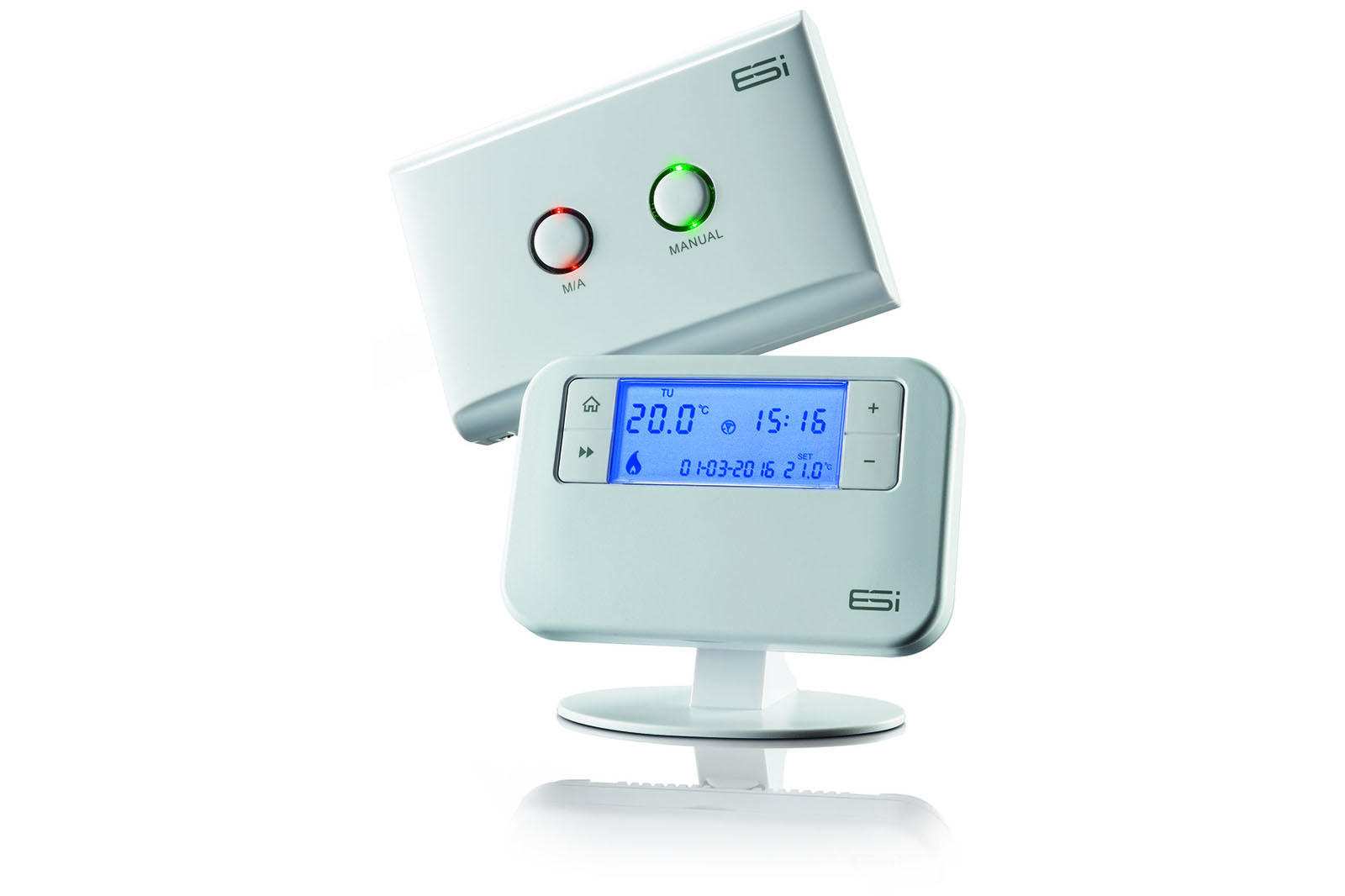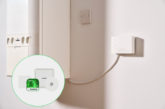
The latest heating controls feature levels of functionality only dreamed of a few years ago. To discover what to look out for, we spoke with Jon Tedstone, Head of Sales and Marketing at ESi Controls.
Controls have come a long way in recent years – what are the main features of the latest devices that heating engineers should look out for?
There are a plethora of heating controls on the market that heating engineers should carefully select from for their individual installation requirements. An engineer replacing or installing a new boiler should purchase controls which meet Boiler Plus regulations which came into force in April 2018.
Most controls manufacturers now offer boiler plus compliant controls which offer time and temperature settings plus load compensation – which provides the ability to modulate the flow temperature from the boiler based on the actual room temperature. This requires the control and boiler to communicate, sometimes via OpenTherm communication. OpenTherm ensures the boiler modulates the flow temperature to provide an accurate control over the desired room temperature and stops the boiler cycling on and off, therefore reducing gas use, saving money for homeowners.
Boiler Plus compliance can also be met using a Smart Control which provides automation of time and temperature settings and optimisation which calculates the time needed for the heating system to reach the desired comfort level, optimising the heating system’s operation to ensure it uses the least amount of energy to attain the desired temperature.
Smart controls can be connected to a smart phone or tablet offering the ability for the users to control their systems remotely offering more flexibility to lower energy use.
With a lot of new technology the look of the device and its ease of use are as important as its functionality. Just how important is the design and user interface for smart heating controls?
The design of a new smart control must provide the user with a simple, easy to use and understand interface between them and their heating system. Manufacturers now provide a range of controls which offer different features and functions to suit the homeowner’s age range and personal requirements such as larger clearer screens for the visually impaired and larger temperature selection buttons to allow elderly and vulnerable people to simply turn their heating up or down subject to their comfort levels.
Similarly, smart controllers now offer sleeker designs which blend into a modern home featuring glass and stainless steel with a lack of switches and buttons with the controls being touchscreen or app based to suit a younger demographic.
It is key for manufacturers to design a range of controls to provide choice for the heating engineer to offer their customers based on their budget, age range and personal preference, to suit the modern lifestyle whilst offering the features and functions to comply with the energy efficiency legislation.
With rising utility prices, energy efficiency is on everyone’s minds. How can the latest Smart Controls help deliver energy savings?
With many heating controls being controlled from apps on smart phones and tablets, the ability to control your heating at any time of day and from virtually anywhere means you can be in more control than when you are at home.
Modern controls allow you to control several heating zones in the home and control these individually and more accurately so you can easily increase the temperature in the rooms you will use as you head home after work, for example. And you can monitor the temperature levels in different parts of the home, reducing temperatures in rooms that will not be used but leaving enough background heat to keep them comfortable.
With energy prices increasing its important to take a close look at every way in which energy can be saved and costs kept to a minimum and this is why our controls are OpenTherm compatible. The way OpenTherm works allows far smoother transition of heating control, which reduces energy and saves money. Using OpenTherm will save between 10 and 15% on the gas bill.
We’re optimistic that we’ll see increased awareness of OpenTherm controls in the next few months as people begin to realise the savings these controls offer when connected to a modern condensing gas boiler.
Is the same level of control available via a smart phone or tablet?
It can be. Most manufacturers now have an app that allows you to control your heating from pretty much anywhere from your smart phone or tablet. As Smart control grows in the UK you will be able to control most of your appliances and electronic devices remotely via an app and one of the options will be to control your heating across the different zones in the home so that its comfortable for when you arrive home after work, or to reduce energy consumption when going out.
The latest Smart Controls may not be appropriate for all customers – what options are available for users that crave, or require, a more straightforward solution.
This is essential and we think so important. The type of heating controls you install should reflect the individual users of those controls not the latest technology available. We know of social housing providers who claim that as many as 90% of their call outs for heating problems are because the tenant cannot use the controls properly.
Elderly and vulnerable people may prefer a simple control that they can understand easily and operate without needing to think about the complexities of smart controls. The latest wi-fi controlled touch screen controls may be the height of functionality for younger homeowners and tenants and they may cope well with them, but some older people may struggle.
Many manufacturers, including us at ESi have a range of controls available and we can offer simpler heating controls which still comply with the legislation as well as the latest smart control options.













